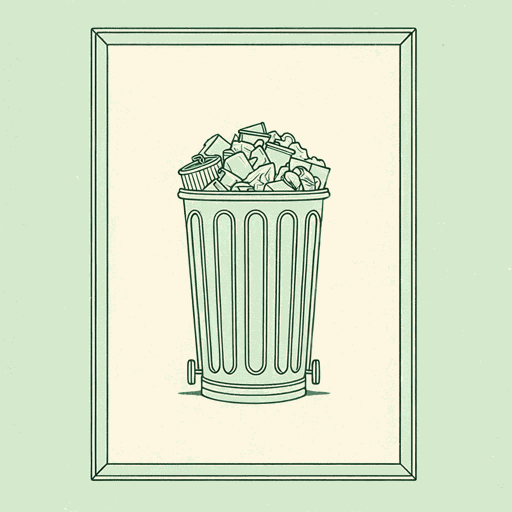38 pages • 1 hour read
Annie LeonardThe Story of Stuff: How Our Obsession with Stuff is Trashing the Planet, Our Communities, and Our Health—and a Vision for Change
Nonfiction | Book | Adult | Published in 2010A modern alternative to SparkNotes and CliffsNotes, SuperSummary offers high-quality Study Guides with detailed chapter summaries and analysis of major themes, characters, and more.
Important Quotes
“When it was officially closed in 2001, some say the stinking mound was the largest man-made structure on the planet, its volume greater than that of the Great Wall of China, and its peaks 80 feet taller than the Statue of Liberty.”
(Introduction, Location 91, Page n/a)
The Story of Stuff begins with Leonard noticing that trees in her home in the Pacific Northwest are disappearing. She traces how a natural resource (a tree) becomes trash. She tracks them to garbage bins in Manhattan. From there, she travels to the Fresh Kills Landfill on Staten Island. To convey the scale of the landfill, she uses analogy. By using the vivid comparison of the Statue of Liberty to a garbage heap, she shows how much garbage is produced. Leonard frequently uses both analogy and personal anecdotes to help readers connect her statistics to their own lives.
“Put simply, if we do not redirect our extraction and production systems and change the way we distribute, consume, and dispose of our Stuff—what I sometimes call the take-make-waste model—the economy as it is will kill the planet.”
(Introduction, Location 211, Page n/a)
Leonard is hopeful that we can change our paradigms and build new habits. These new habits can make us happier, more fulfilled, and save our planet. However, our current system—the take-make-waste model—must be changed. This system is based in our economic system, capitalism, which is incompatible with a healthy planet. This insight is at the core of Leonard’s analysis. No individual consumer choices, corporate social responsibility, or government regulation is enough to tackle the problem if we do not shift how we value the natural world. We need a new paradigm that prioritizes healthy, sustainable communities over economic growth.

